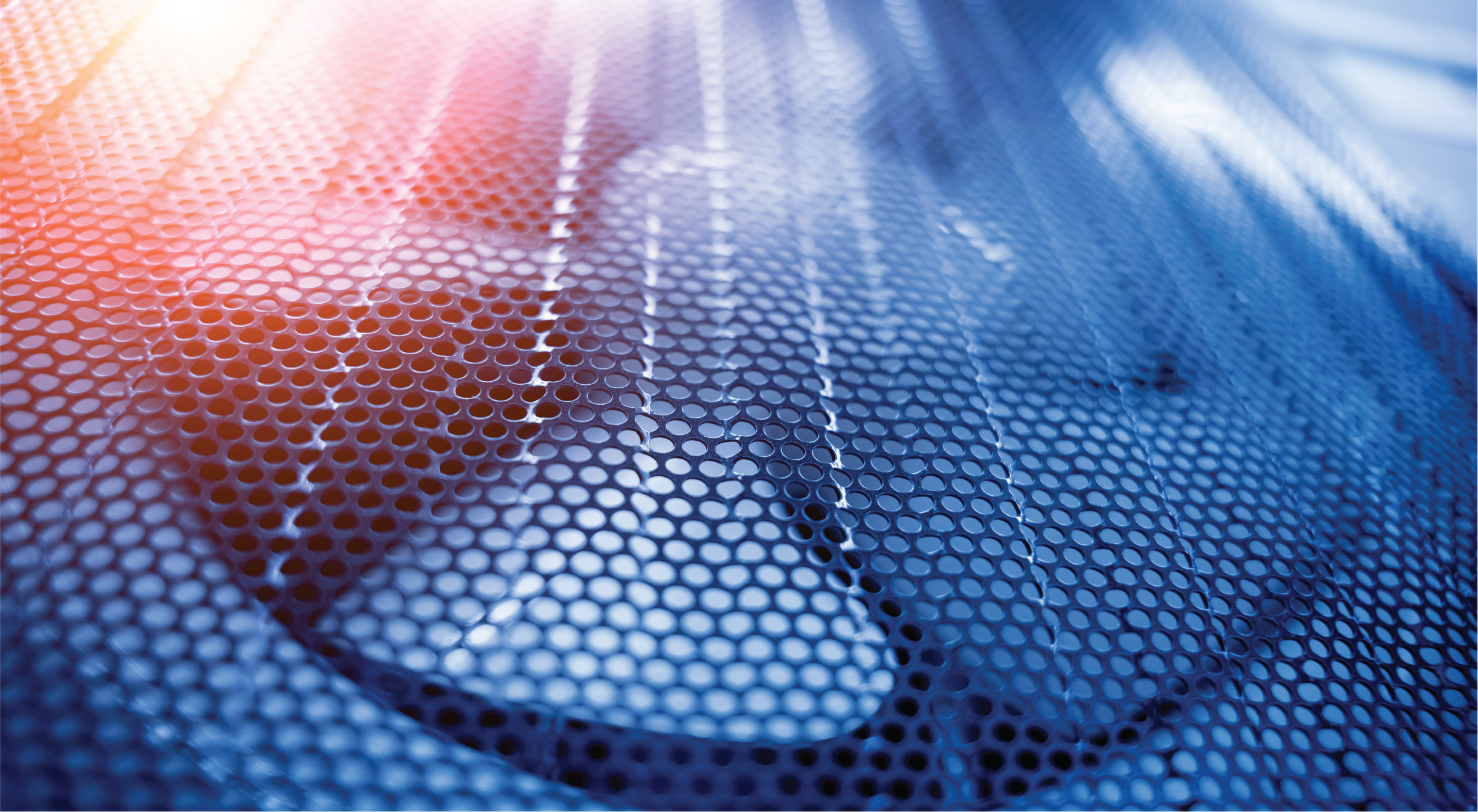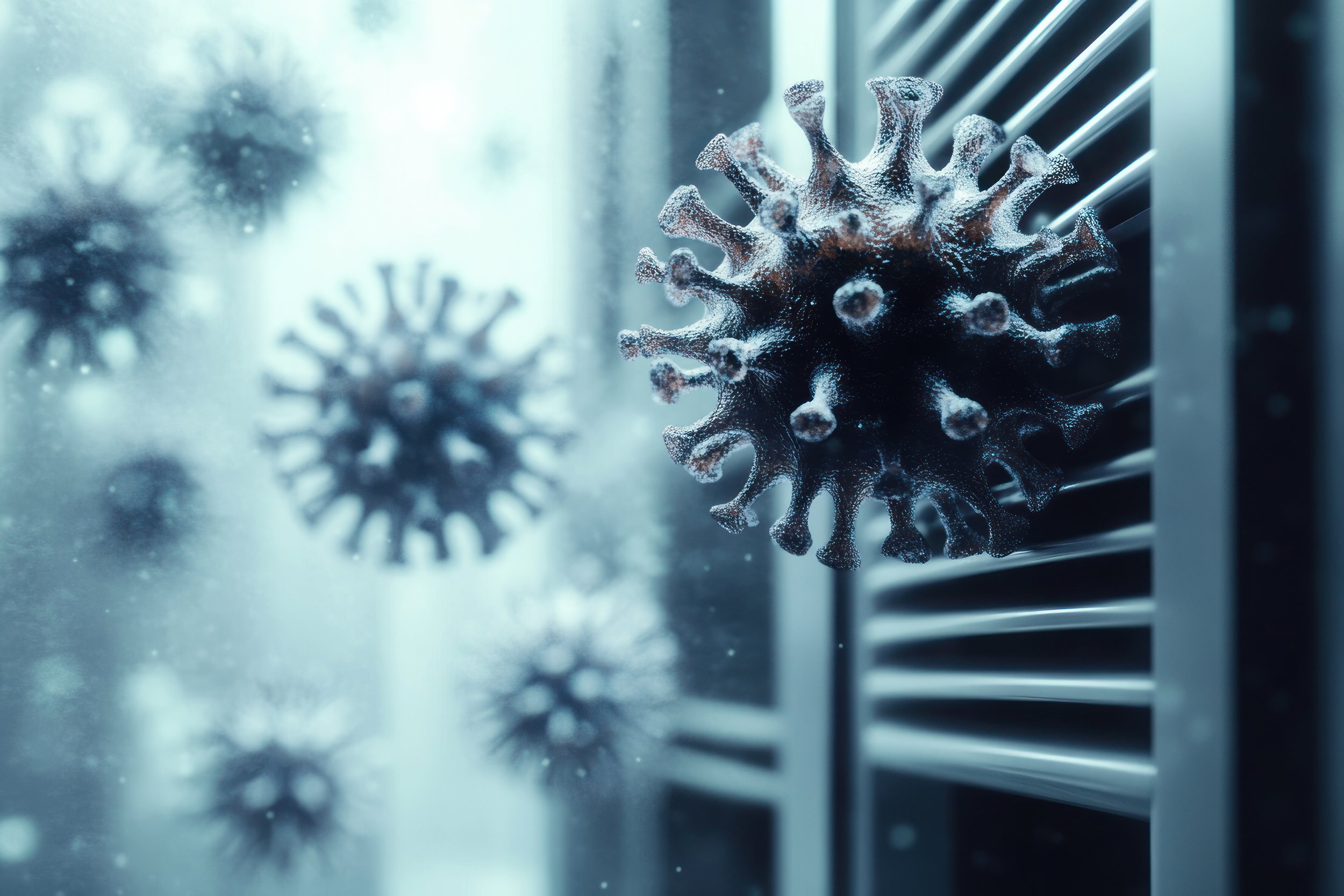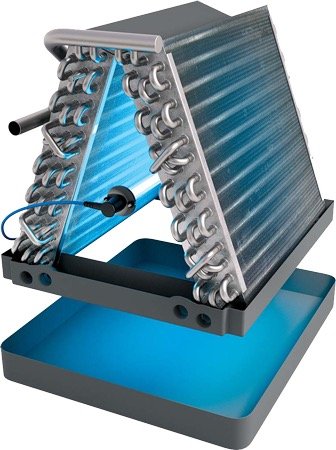
Indoor Air Quality
Our Technicians are here to help.

Indoor Air Quality
Air Quality and Your Health…
Did You Know...
We spend about 90% of our time indoors. Indoor Air Quality affects everyone, especially the most vulnerable - children, the elderly, and people with health conditions like asthma and heart disease.
Once fiberglass duct liner is contaminated with mold, cleaning is not sufficient to prevent re-growth and there are no EPA-registered biocides for the treatment of porous duct materials. EPA, NADCA and NAIMA all recommend the replacement of wet or moldy fiber glass duct material.
In the meantime:
Experts do agree that moisture should not be present in ducts and if moisture and dirt are present, the potential exists for biological contaminants to grow and be distributed throughout the home. Controlling moisture is the most effective way to prevent biological growth in all types of air ducts.
Correct any water leaks or standing water.
If dehumidifiers are used, they must be properly maintained.
Air handling units should be constructed so that maintenance personnel have easy, direct access to heat exchange components and drain pans for proper cleaning and maintenance.
Fiberglass, or any other insulation material that is wet or visibly moldy (or if an unacceptable odor is present) should be removed and replaced by a qualified heating and cooling system contractor.
Steam cleaning and other methods involving moisture should not be used on any kind of duct work.
Quincy’s can help improve your air!
We Love What We Do!
Our trained Technicians are friendly, knowledgeable, & genuinely love helping people.
Quincy’s can help improve your air!
Quincy’s can help improve your air!
HALO-LED®
Whole Home In-Duct Air Purifier
The Reme Halo is one of Quincy’s favorite indoor air quality products and it’s why we feature it on our website.
It is unbelievably powerful and can treat the whole heated and air conditioned space, not just part of a room.
Help protect your air and the environment
As the leader in innovative solutions to indoor air quality problems, it’s no surprise that RGF® has taken air purification to the next level. The HALO-LED® Whole Home In-Duct Air Purifier uses new revolutionary REME-LED® technology to help protect the air for you and your family. REME-LED® provides a longer product life with improved energy efficiency, zero ozone creation and no mercury (sometimes found in traditional UV lamps).
You get proactive air treatment in your home combining low levels of airborne hydrogen peroxide with ionization to reduce viruses, bacteria, mold spores, dust, dander and pollen. The difference is we now use a revolutionary, energy efficient UV-C LED that turns on and off with your blower and a new washable hybrid ceramic catalyst.
Meets California ozone emissions limit. CARB certified.
Additional Air Quality Products
BLU QR
-
The unique germ-killing properties of UVC light have been known for over a century. UVC in sunlight is filtered by the Earth’s atmosphere so microbes have no defense against it. Today, this technology is used for hospital disinfection, food safety, and water purification. Blue-QR is a patented device for air system disinfection and pairs well with the Reme Halo to significantly improve your indoor air quality.
-
Kills growth, mildew and bacteria on the coils.
Cost effective.
Reduces air conditioner maintenance.
Helps air conditioner operate more energy efficiently and can extend the life your unit.
Helps reduce musty, mildewy odors inside the home.
Improves indoor air quality.
REME HALO ZERO
-
REME HALO®Zero uses aGHP™ active cleaning technology to directly target the air pollutants. That means when someone sneezes in your home, the REME HALO®Zero jumps into action actively working to reduce the contaminates. And because REME HALO®Zero is centrally installed in your air conditioning system, you get that peace of mind throughout your whole home.
It operates silently and continuously, so once it’s installed, the only thing you’ll notice is how fresh your home smells – and how comforting it is to help protect everyone around you.
-
One of the least expensive components of an air conditioning system, yet can have one of the biggest impacts on your air quality.
Active technology reduces viruses, bacteria, growth spores and odors right at the source.
Can be installed in any central air conditioning system in homes or small offices.
Reduces odors from pets, old home smells, and many more.
Verified Zero Ozone by Intertek to UL 2998 standard.
5 year warranty on the device and 2 years on the REME® cells (USA only).
MINI SPLIT UV LED
-
Mini SPLIT UV LED is the first-of-its-kind system for mini-splits and similar limited space applications. The LED light strip in Mini UV LED is designed to sterilize surfaces while having no impact on plastic materials.
-
Maintains a clean mini-split system free from microbial growth and contamination.
Saves energy/reduces maintenance costs.
Extends life of mini-split system.
Improves indoor air quality.
FAQs
-
No products are currently registered by EPA as biocides for use on fiberglass duct board or fiberglass lined ducts so it is important to determine if sections of your system contain these materials before permitting the application of any biocide.
Air duct cleaning service providers may tell you that they need to apply a chemical biocide to the inside of your ducts to kill bacteria (germs) and fungi (mold), and prevent future biological growth. Some duct cleaning service providers may propose to introduce ozone to kill biological contaminants. Ozone is a highly reactive gas that is regulated in the outside air as a lung irritant. However, there remains considerable controversy over the necessity and wisdom of introducing chemical biocides or ozone into the duct work.
Among the possible problems with biocide and ozone application in air ducts:
Little research has been conducted to demonstrate the effectiveness of most biocides and ozone when used inside ducts. Simply spraying or otherwise introducing these materials into the operating duct system may cause much of the material to be transported through the system and released into other areas of your home.
Some people may react negatively to the biocide or ozone, causing adverse health reactions.
Chemical biocides are regulated by EPA under Federal pesticide law. A product must be registered by EPA for a specific use before it can be legally used for that purpose. The specific use(s) must appear on the pesticide (e.g., biocide) label, along with other important information. It is a violation of federal law to use a pesticide product in any manner inconsistent with the label directions.
A small number of products are currently registered by EPA specifically for use on the inside of bare sheet metal air ducts. A number of products are also registered for use as sanitizers on hard surfaces, which could include the interior of bare sheet metal ducts. While many such products may be used legally inside of unlined ducts if all label directions are followed, some of the directions on the label may be inappropriate for use in ducts. For example, if the directions indicate "rinse with water", the added moisture could stimulate mold growth.
All of the products discussed above are registered solely for the purpose of sanitizing the smooth surfaces of unlined (bare) sheet metal ducts. No products are currently registered as biocides for use on fiber glass duct board or fiber glass lined ducts, so it is important to determine if sections of your system contain these materials before permitting the application of any biocide.
-
Manufacturers of products marketed to coat and encapsulate duct surfaces claim that these sealants prevent dust and dirt particles inside air ducts from being released into the air. As with biocides, a sealant is often applied by spraying it into the operating duct system. Laboratory tests indicate that materials introduced in this manner tend not to completely coat the duct surface. Application of sealants may also affect the acoustical (noise) and fire retarding characteristics of fiber glass lined or constructed ducts and may invalidate the manufacturer's warranty.
Questions about the safety, effectiveness and overall desirability of sealants remain. For example, little is known about the potential toxicity of these products under typical use conditions or in the event they catch fire.
In addition, sealants have yet to be evaluated for their resistance to deterioration over time which could add particles to the duct air.
In the meantime:
Most organizations concerned with duct cleaning, including EPA, NADCA, NAIMA and the Sheet Metal and Air Conditioning Contractors' National Association (SMACNA) do not currently recommend the routine use of sealants to encapsulate contaminants in any type of duct. Sealants should never be used on wet duct liner, to cover actively growing mold, or to cover debris in the ducts.
Here is a great additional link to check out from Illinois state regarding your home’s indoor air quality: air quality link.
-
This is a great question. One of Quincy’s favorites because it really gives us a chance to shine and help show you how you can safely improve your indoor air quality without any gimmicks. We can help by a multitude of ways. Checking your ductwork for its condition and then repairing and replacing any necessary sections is one way. Throughly cleaning all external and internal cleanable components parts and pieces. Introducing your air supply to some of the amazing products on the market today that are used to sanitize drinking water sources, hospital air, etc. is a another great addition.








